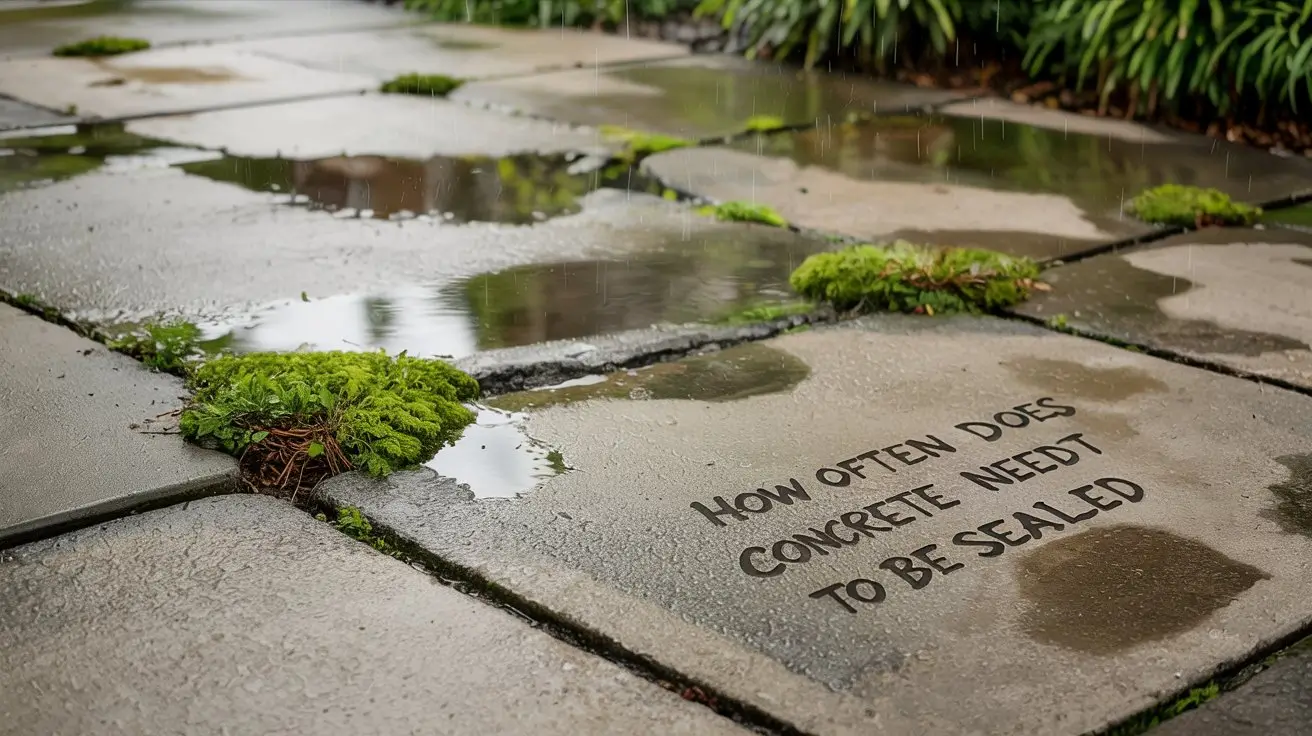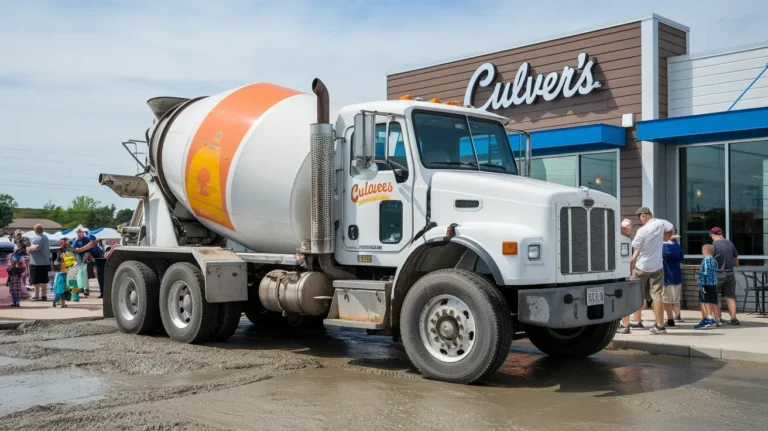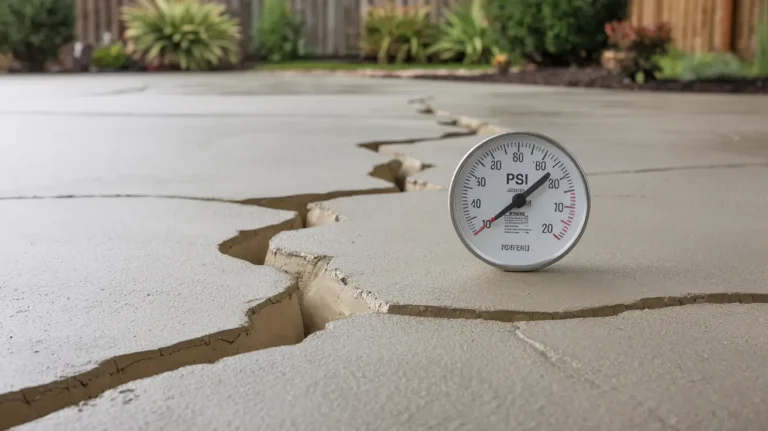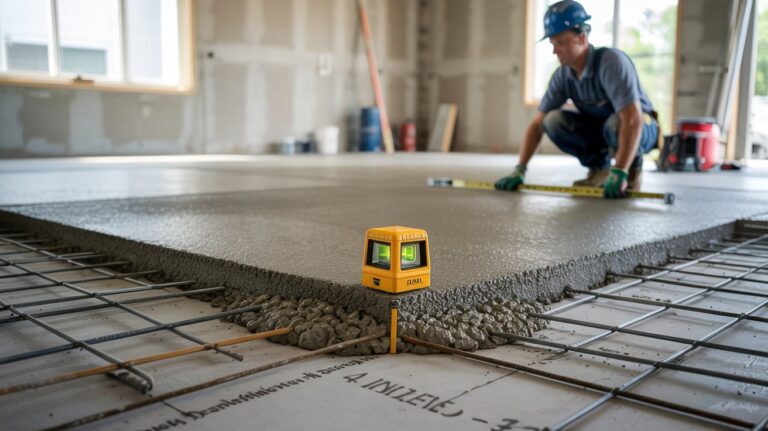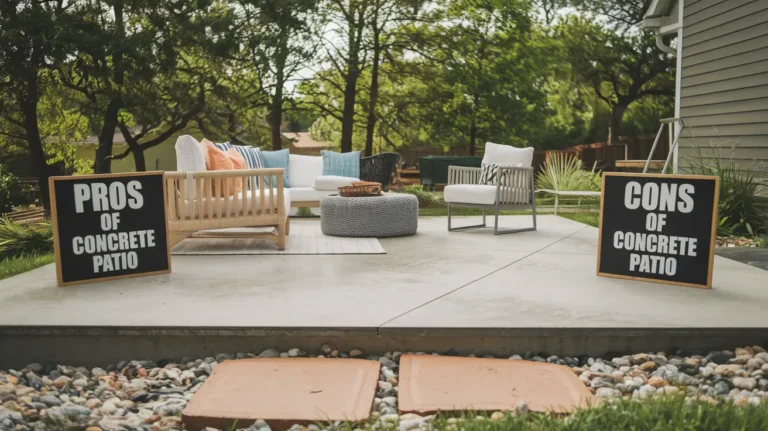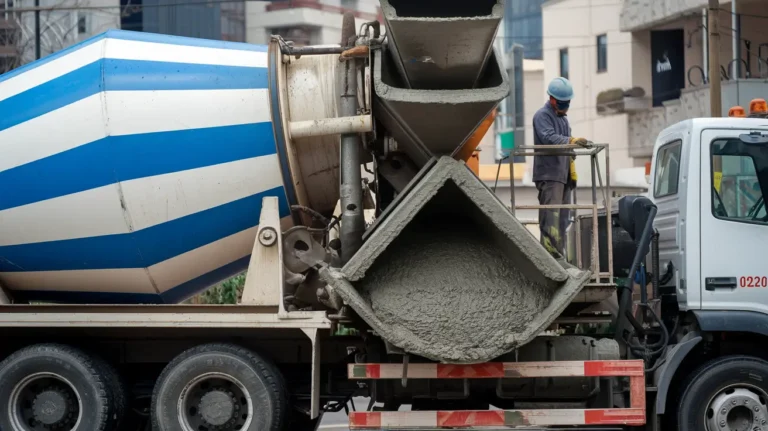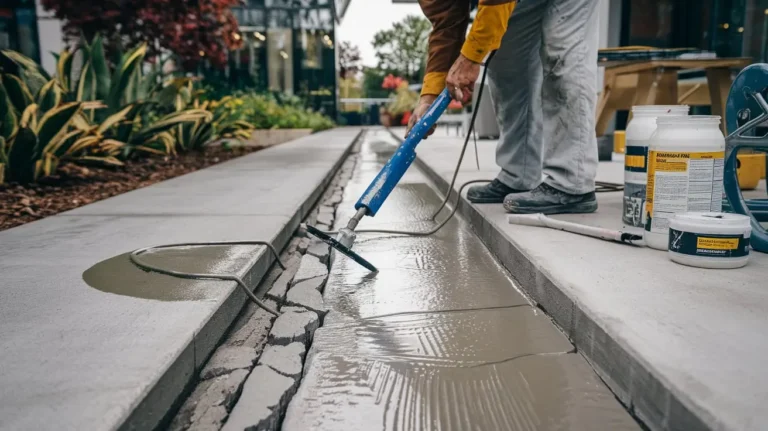How Often Does Concrete Need to Be Sealed
You’ll need to reseal your concrete driveway every 2 to 5 years, depending on factors like climate, usage, and sealer type. Regular sealing protects your concrete from the elements, prevents damage and discoloration, and increases its lifespan.
The ideal sealing frequency depends on the type of sealer used and how well you maintain the surface. By understanding the importance of sealing and how to do it correctly, you’ll be able to keep your concrete looking its best – and if you want to learn more about the nuances of concrete sealing, you’re in the right place.
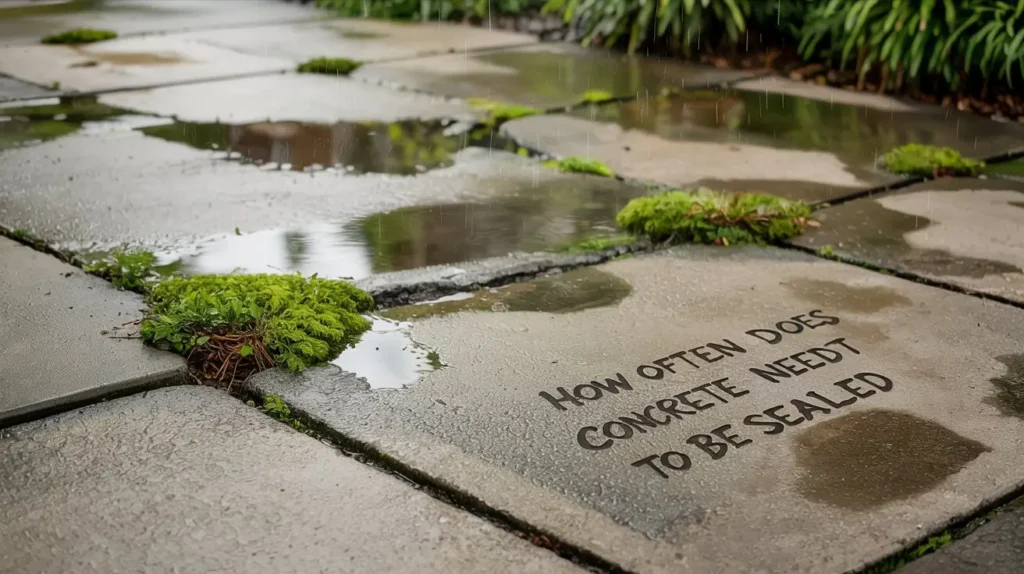
Key Takeaways
- The frequency of concrete sealing depends on factors like climate, sealer type, area usage, concrete condition, and location exposure to elements.
- Regular sealing helps prevent cracks, prevents color fading, and increases the lifespan of concrete by protecting it from harsh environmental elements.
- The ideal time to seal a driveway depends on the type of sealer used, with some sealers requiring reapplication every 1-3 years.
- Climate, usage, and traffic impact the frequency of driveway sealing, with high-traffic areas requiring more frequent sealing.
- Sealers should be reapplied when signs of wear appear, such as quick water absorption, discoloration, staining, and cracks.
Factors Affecting Sealing Frequency
As you consider the ideal sealing frequency for your concrete, recognizing that various factors come into play is vital.
Climate, for instance, substantially impacts sealing frequency, with intense sunlight, heavy rain, or extreme temperature fluctuations requiring more frequent reapplication of concrete sealers.
The type of sealer used also affects sealing frequency, with acrylic-based sealers needing resealing every 2-3 years, epoxy sealers lasting 5-10 years, and penetrating sealers lasting 3-7 years.
Additionally, area usage and traffic, concrete condition, and location exposure to elements all influence the frequency of sealing.
When to Seal a Driveway
You should seal your driveway as soon as the concrete slab or decorative surface has set and cured, following the specific application instructions provided by the product manufacturer.
The ideal time to seal a driveway depends on the type of sealer used, with some requiring application within a specific timeframe after the concrete has been poured. Factors like climate, usage, and location also impact the frequency of driveway sealing. For instance, driveways in areas with high traffic, extreme weather, or exposure to de-icing salts may need more frequent sealing than those in mild climates with minimal usage. Always read and follow the product instructions for the specific sealer being used to guarantee proper application.
Importance of Sealing Concrete
By sealing your concrete, you’re protecting it from the elements that can cause damage and discoloration.
Without a seal, concrete is exposed to UV rays, water, and other substances that can lead to color fading and erosion.
Protecting From Elements
Concrete sealing serves as a vital protective measure against the elements, effectively shielding your concrete surface from the harsh conditions that can lead to its deterioration.
By applying concrete sealers, you protect surfaces from rain, snow, dirt, saltwater, and other weather conditions that can cause damage. Penetrating sealers, in particular, provide a deep layer of protection against chlorides and water seepage.
Regular sealing helps prevent cracks from forming due to freeze-thaw cycles, ensuring your concrete surface remains intact. Without proper sealing, your concrete is exposed to the elements, leading to degradation and potentially costly repairs.
Preventing Color Fading
As the sun’s ultraviolet rays beat down on your concrete surface, they can cause discoloration and deterioration of its appearance, leading to an unsightly fade.
To prevent color fading, seal your concrete with a UV-resistant sealer.
This type of sealer provides additional protection against color fading, especially for concrete exposed to direct sunlight.
Regular maintenance, including cleaning, also plays a vital role in preventing color fading.
By removing dirt and debris, you can prevent discoloration and damage to the sealer.
The frequency of sealing depends on the type of sealer used, with some lasting up to 10 years.
Acrylic-based sealers, commonly used to enhance color and appearance, typically need to be reapplied every 2-3 years.
Benefits of Regular Sealing
By sealing your concrete regularly, you guarantee it’s protected from harsh environmental elements, such as extreme temperatures and chemicals, which can cause damage and degradation.
This regular maintenance also allows your concrete to “breathe” and won’t trap water vapor internally, reducing the risk of moisture damage and extending its lifespan. By doing so, you can increase the lifespan of your concrete by several years, making regular sealing a vital part of concrete maintenance and upkeep.
Sealing Frequency
You’ll want to reseal your concrete surfaces regularly to maintain their appearance and integrity. The frequency of sealing depends on various factors, including usage, location, and the type of sealer used.
| Sealer Type | Resealing Frequency |
|---|---|
| Acrylic-based | Every 2-3 years or yearly in high-traffic areas |
| Epoxy-based | Every 5-10 years, depending on formulation and quality |
| High-traffic areas | Every year |
| Low-traffic areas | Every 5-10 years |
| Extreme climate | Every 2-3 years |
Regular sealing can increase the lifespan of your concrete by several years. Factors such as climate, area usage, and traffic impact sealing frequency. Consulting with experts can provide exclusive and factual details about concrete sealing frequency.
Protects From Elements
Regular concrete sealing safeguards your surfaces from the harsh effects of various environmental elements, ensuring their appearance and integrity remain intact.
When you seal your concrete, you’re creating a barrier against extreme weather conditions like snow, ice, scorching heat, and humidity, which can cause damage to your concrete.
By doing so, you’re preventing wear and tear from elements like rain, snow, dirt, and saltwater. A sealed concrete surface won’t allow water to seep in, preventing cracks and pitting.
This means you’ll experience less moisture damage and degradation, keeping your concrete looking its best every day.
Extends Lifespan
Sealing your concrete regularly can substantially extend its lifespan, and the benefits are undeniable.
By doing so, you can add several years to its life, depending on the climate, usage, and type of sealer used.
With years of experience, professionals recommend sealing concrete every 2-10 years to maintain its appearance and durability.
The type of sealer used also plays a significant role, as acrylic-based sealers need to be reapplied every 2-3 years, while epoxy sealers can last 5-10 years.
Sealer Characteristics and Options
When selecting a concrete sealer, verifying is vital to weigh the characteristics and options available to guarantee you get the right product for your specific needs.
You’ll want to ponder factors like coverage rate, measured in square feet per gallon, to confirm you’re applying the correct amount.
Some sealers are suitable for high-traffic areas, like SunClear UltraProtect, while others, like AcryClear 25, are better suited for outdoor use on stamped concrete, exposed aggregate, or pavers.
You may also want a sealer that provides UV protection, resistance to chemicals and abrasion, and traction-enhancing additives to prevent slipping.
Additionally, ponder the type of driveway you have, as different sealers are suitable for different types.
Maintenance and Reapplication Guidelines
Now that you’ve selected the right concrete sealer for your specific needs, it’s time to think about the long-term maintenance and reapplication of that sealer.
To keep your sealed concrete looking its best, you’ll need to reapply the sealer every two to three years, depending on the type of sealer used and the conditions it’s exposed to.
Acrylic-based sealers, for example, typically require resealing every two to three years, while epoxy sealers can last up to 10 years.
Climate, usage, and traffic also impact the frequency of resealing, with intense sunlight, heavy rain, and high traffic requiring more frequent sealing.
Pay attention to the condition of your concrete, as signs of porosity, fading, or water absorption indicate the need for resealing.
How to Reseal Stamped Concrete
To maintain the aesthetic appeal and protective benefits of your stamped concrete, resealing is an essential step that requires attention to detail and a solid understanding of the process.
When resealing, use the same type of sealer initially used on the stamped concrete to guarantee a consistent finish and avoid compatibility issues. Apply the sealer at a rate of at least 400 square feet per gallon, using a pump-up sprayer to spread it in a circular motion.
Apply thin layers, allowing the first to dry before applying the second, to prevent pooling and guarantee a strong bond. Use a paint roller to smooth down the layer, applying gentle pressure to prevent air pockets or bubbles.
Signs That Concrete Needs to Be Resealed
Your stamped concrete’s appearance and performance rely on regular maintenance, and resealing is a critical part of that process.
To determine if your concrete needs resealing, inspect the surface regularly for signs of wear. Quick water absorption or darkening of the surface indicates the need for resealing, as it signals a worn-off sealer that allows water to penetrate the concrete.
Discoloration or fading of the surface color, staining, or a dull surface are also signs that the sealer needs to be reapplied. Additionally, inspect the concrete for cracks and other damage, which can lead to further issues if not addressed before resealing.
When you notice any of these signs, it’s time to reseal your concrete to restore its appearance and protect it from further damage.
Strategies for Applying a New Coat of Sealer
Applying a new coat of sealer to your stamped concrete requires careful planning and execution to achieve ideal results.
Before you apply the sealer, verify suitable weather conditions, avoiding scorching sun, direct sunlight, wind, or high humidity.
Thoroughly clean the surface and remove the previous coating to guarantee a strong chemical barrier.
Apply the sealer thinly and evenly, following the manufacturer’s instructions, to achieve a uniform finish.
For a driveway, water-based sealers are a good option as they’re easy to apply and provide excellent protection.
Allow the sealer to dry and cure, avoiding foot or vehicle traffic, to guarantee a long-lasting finish that withstands wear and tear.
Frequently Asked Questions
How Do You Know if Concrete Needs to Be Sealed?
You determine if concrete needs sealing by conducting a visual examination for cracks, stains, or efflorescence, followed by surface testing for porosity, moisture checks to detect water absorption, and analyzing wear patterns to identify areas of high traffic or erosion.
How Often Should I Apply Concrete Sealer?
You’ll need to determine the sealer frequency based on factors like climate, usage, and sealer type, setting application timing and sealing intervals accordingly, and incorporating regular maintenance schedules to guarantee the concrete surface remains protected and durable.
Is Sealing Concrete Necessary?
You might be surprised that 75% of concrete structures deteriorate within 20 years due to lack of maintenance. Sealing concrete is necessary as it enhances durability, reduces environmental impact, boosts aesthetic appeal, and provides cost savings by protecting it from damage and extending its lifespan.
How Long Does Sealed Concrete Last?
You’ll find that sealed concrete’s durability largely depends on the sealant’s quality, weather resistance, and surface preparation, with regular maintenance schedules extending its lifespan, which can range from 2 to 10 years, depending on the type of sealer used.
Conclusion
As you stand back to admire your beautifully sealed concrete, imagine a protective shield guarding it against the harsh elements, locking in its vibrancy and strength. With regular sealing, your concrete will remain a durable, low-maintenance, and stunning addition to your property.
By following these guidelines, you’ll guarantee your concrete stays resilient, resistant to stains, and retains its original luster, shining like new for years to come.
